In the world of product development, two important methodologies are often used to test ideas before committing to full-scale development: the Minimum Viable Product (MVP) and the Proof of Concept (PoC). While both aim to reduce risk and validate ideas early, they serve different purposes and are used at different stages of the product development cycle. In this article, we will explore the differences between MVP and PoC, when to use each, and how they work together to ensure project success.

What is a Proof of Concept (PoC)?
A Proof of Concept is a small-scale test aimed at validating the feasibility of a particular idea or concept from a technical perspective. The goal is to demonstrate that the concept can be turned into reality before significant resources are invested. PoCs are often used when the project involves new or untested technologies, ensuring that the technical foundation is sound.
Key elements of a PoC include:
- Technical Feasibility: Can the technology support the product vision?
- Minimal Functionality: Only the core technological components are developed.
- Low Investment: A PoC should be quick and inexpensive to build.
- Limited Audience: Typically shared with a small group of stakeholders for validation.
When to Use a PoC:
1. Exploring New Technologies: If your product relies on a new or emerging technology, a PoC will help determine whether that technology can meet the requirements.
2. High Uncertainty: For projects with technical unknowns or complex algorithms, a PoC helps reduce risk by testing critical components before scaling up.
3. Internal Buy-in: Often used to gain approval or budget from internal stakeholders who may need proof that the technology can work.
Example: A company looking to integrate blockchain technology into its operations might start with a PoC to determine whether blockchain can handle the specific data and transaction volumes they expect.
What is a Minimum Viable Product (MVP)?
A Minimum Viable Product (MVP) is a version of the product that includes the essential features necessary to meet the primary needs of early users. The purpose of an MVP is to test the market by releasing a functional version of the product, gathering feedback, and iterating based on real-world use. Unlike a PoC, the MVP is not just a technical experiment—it’s a usable product designed for early adoption and learning.
Key elements of an MVP include:
- Core Functionality: Includes only the most critical features that address the main user problem.
- Real User Testing: Released to a broader audience to gather feedback.
- Iterative Development: Future versions are built based on user feedback and behavior.
- Business Validation: MVPs are used to test the market viability of the product.
When to Use an MVP:
1. Market Validation: If you need to determine whether there is a demand for your product or whether users find it valuable.
2. Faster Time-to-Market: MVPs are ideal for companies looking to launch quickly and start generating feedback without waiting for a full product build.
3. Resource Efficiency: By focusing on only essential features, you can save time and development costs while gathering valuable insights.
Example: Dropbox’s first MVP was a simple video demonstrating how their cloud storage would work. It wasn’t a fully functional product, but it was enough to gauge interest and secure early adopters, who then helped guide the development of the actual platform.

MVP vs PoC: Key Differences
While both MVP and PoC aim to minimize risk and validate ideas, the differences between them are significant:
1. Purpose:
- PoC: Proves that a particular technology or concept is feasible from a technical standpoint.
- MVP: Tests the market by releasing a simplified product version to real users.
2. Stage in Development:
- PoC: Used early in the project lifecycle, often before any product design or user experience is considered.
- MVP: Used later, after establishing technical feasibility, to validate user demand and refine the product.
3. Scope:
- PoC: Limited to a specific technical challenge or capability. It’s usually a small-scale, one-off test.
- MVP: A fully functional, simplified product version designed for real-world use and feedback.
4. Audience:
- PoC: Typically presented to internal stakeholders or technical teams to prove feasibility.
- MVP: Released to early adopters or real users for market feedback.
5. Outcome:
- PoC: Determines whether the product can be built.
- MVP: Determines whether the product should be built and refined based on user feedback.

When Should You Use Each?
Choosing between an MVP and a PoC depends on where you are in the development process and what you need to validate.
1. Use a PoC when:
- You are unsure whether the technology you plan to use can meet the project’s requirements.
- Some significant technical unknowns or risks need to be addressed.
- You need to gain internal approval or funding based on technical feasibility.
Example Scenario: A company planning to integrate AI-driven chatbots into customer support might build a PoC to test whether the AI can adequately handle customer inquiries before committing to full development.
2. Use an MVP when:
- You’ve already validated the technical feasibility and now need to test the market and gather user feedback.
- You want to launch quickly with a minimal feature set to learn from real users and iterate on the product.
- Your goal is to determine product-market fit and identify what features should be prioritized in future iterations.
Example Scenario: A startup building an app to connect freelancers with clients might develop an MVP that includes basic profile creation, job posting, and messaging functionality. The MVP would help determine whether freelancers and clients find the platform valuable before adding more advanced features like payment processing or ratings systems.

How PoC and MVP Work Together
In many projects, PoC and MVP are complementary steps in the product development cycle. A PoC might come first to validate the technology, followed by an MVP to validate the market and refine the product based on user feedback.
For example:
- Step 1: PoC: A team building a new e-commerce platform might start with a PoC to ensure the chosen payment gateway can handle the expected transaction volumes securely.
- Step 2: MVP: Once the payment gateway has been validated, the team builds an MVP with core features like product listings, checkout functionality, and basic customer accounts, releasing it to a small group of users to gather feedback on the shopping experience.


Common Mistakes to Avoid
While both PoC and MVP can be powerful tools, common mistakes can undermine their effectiveness:
For PoC:
- Overcomplicating the scope: A PoC should focus only on the core technical challenge and not try to solve every problem upfront.
- Neglecting stakeholder input: Ensure that the stakeholders who will ultimately approve the project are involved in evaluating the PoC.
For MVP:
- Trying to build too much: An MVP should include only the most essential features. Adding too much complexity defeats the purpose.
- Ignoring feedback: The goal of an MVP is to learn from users, so make sure to gather and act on that feedback to improve the product.
While a Proof of Concept validates technical feasibility, an MVP tests market demand—both are essential steps to minimize risk and guide successful product development.
Conclusion
Both PoC and MVP play critical roles in modern product development, but they serve very different purposes. A PoC helps validate technical feasibility, ensuring that the foundation for your product is sound. An MVP, on the other hand, is designed to test the market, gather feedback, and iteratively improve the product. By understanding when and how to use each, you can significantly reduce the risks of building new products and ensure a smoother path from idea to market success.
Heading 1
Heading 2
Heading 3
Heading 4
Heading 5
Heading 6
Lorem ipsum dolor sit amet, consectetur adipiscing elit, sed do eiusmod tempor incididunt ut labore et dolore magna aliqua. Ut enim ad minim veniam, quis nostrud exercitation ullamco laboris nisi ut aliquip ex ea commodo consequat. Duis aute irure dolor in reprehenderit in voluptate velit esse cillum dolore eu fugiat nulla pariatur.
Block quote
Ordered list
- Item 1
- Item 2
- Item 3
Unordered list
- Item A
- Item B
- Item C
Bold text
Emphasis
Superscript
Subscript







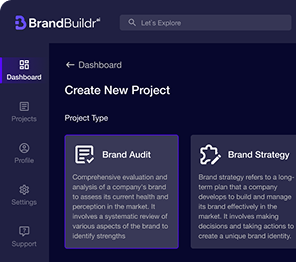
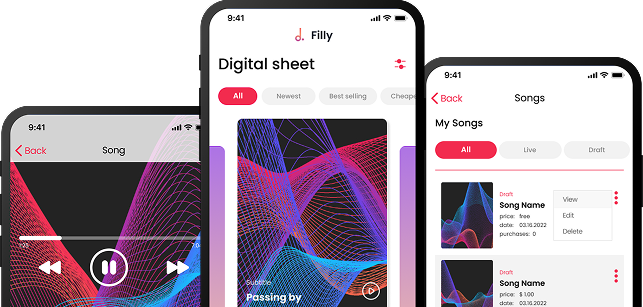









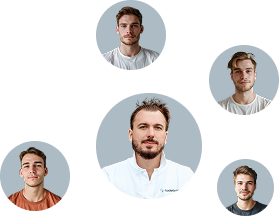

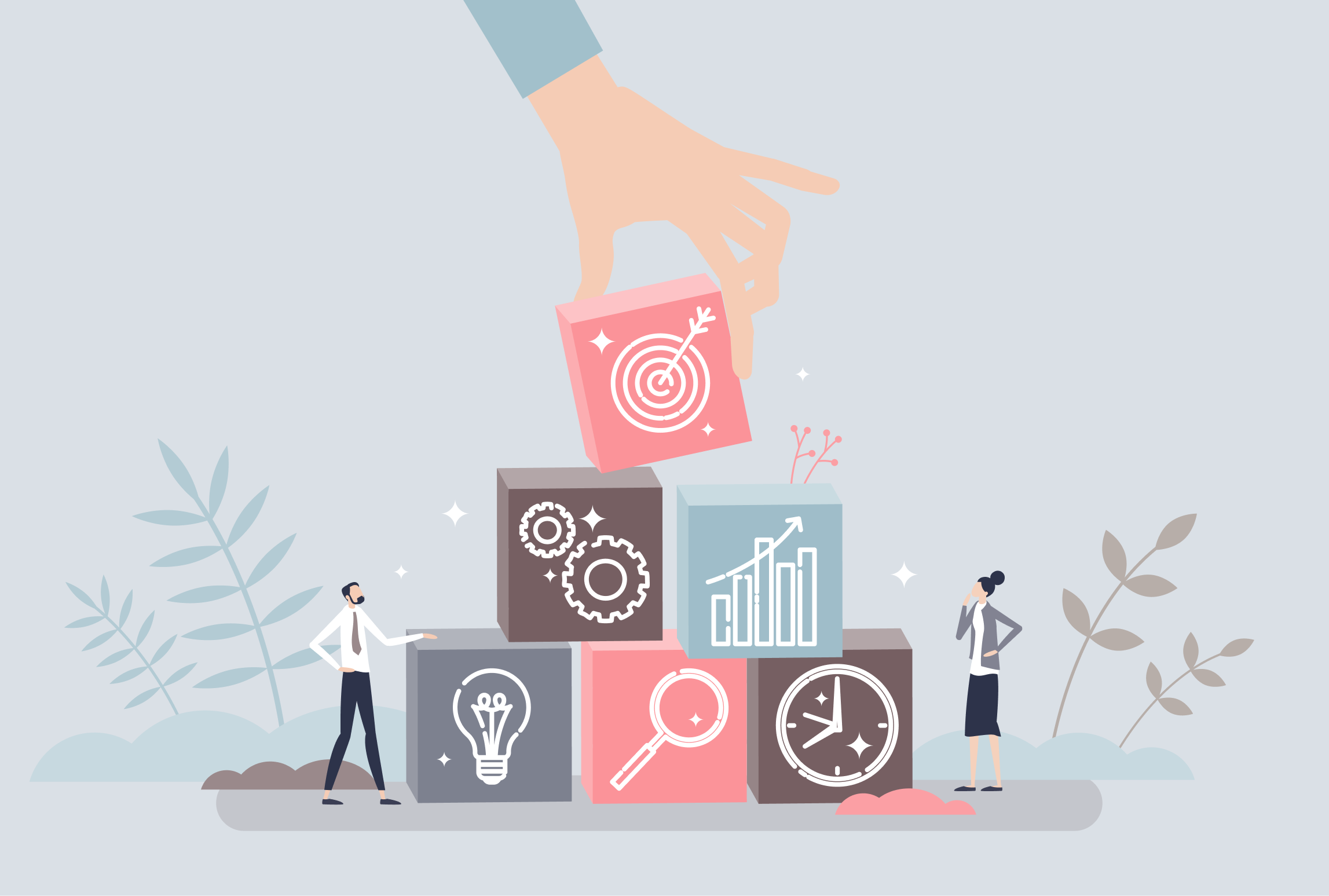
.avif)



.avif)
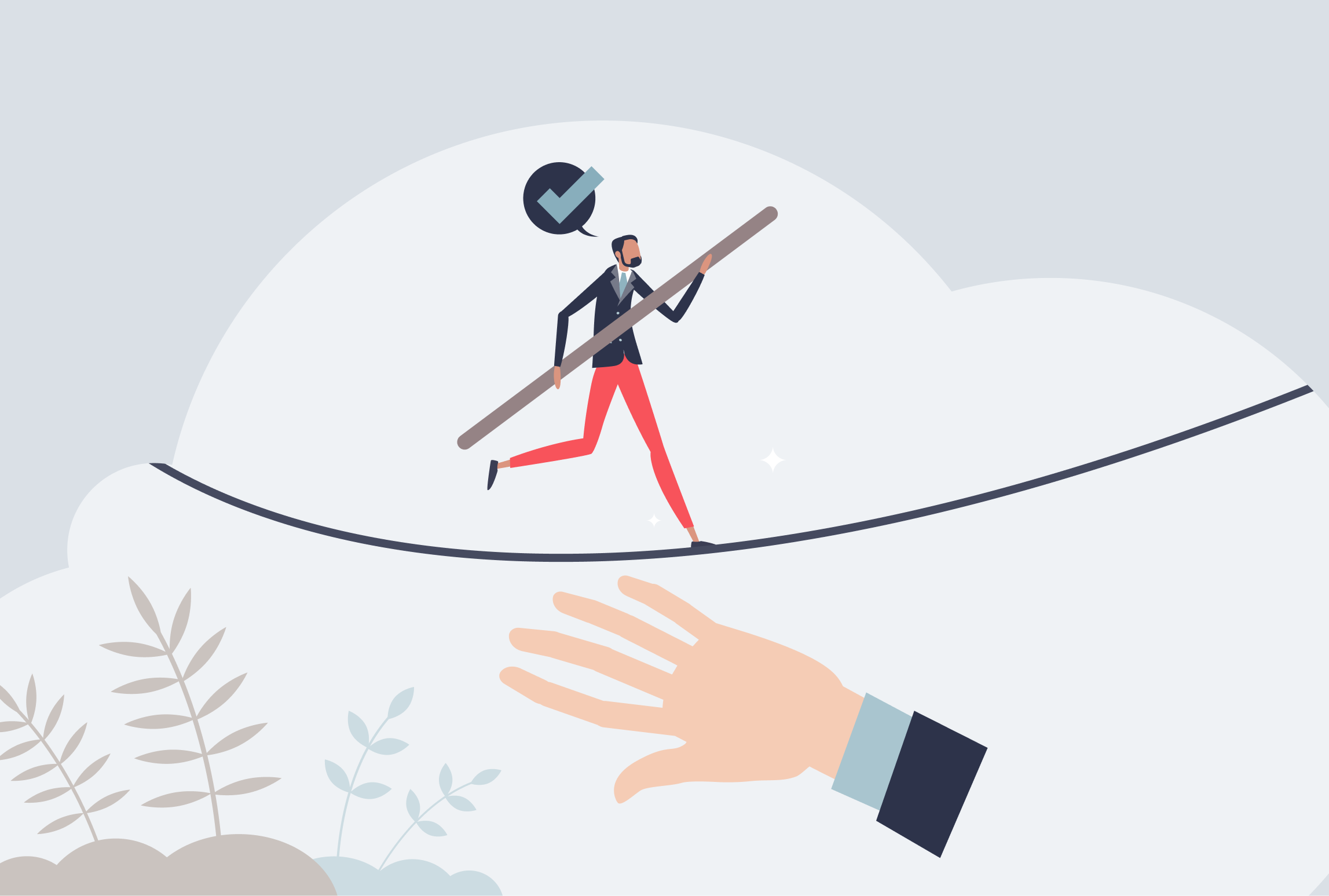
.avif)


